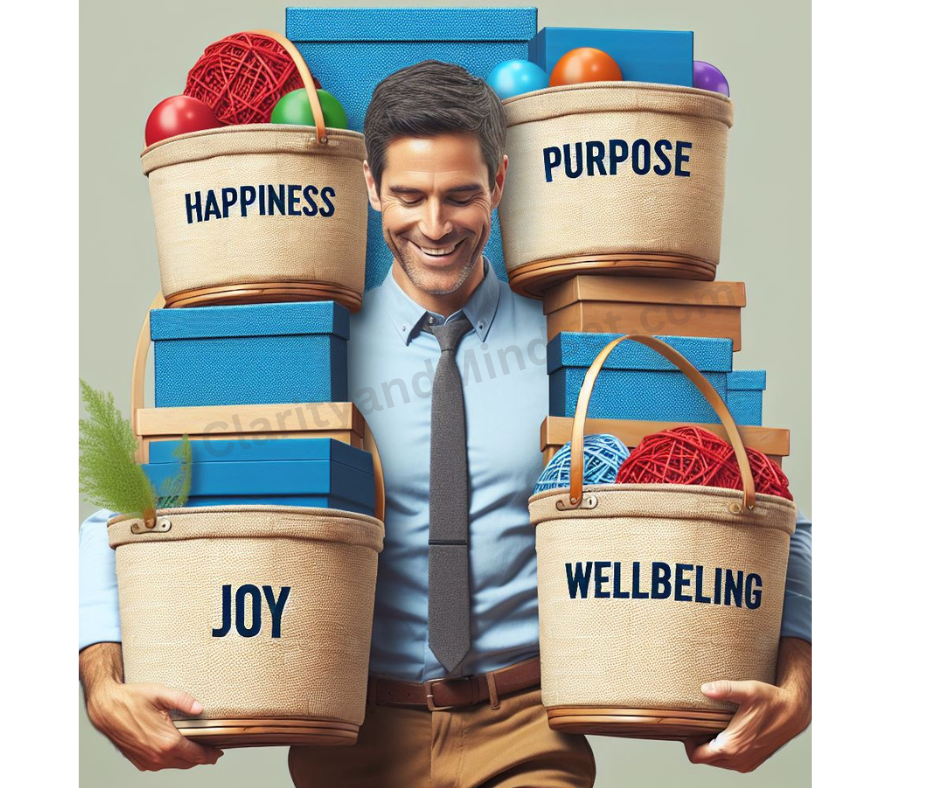We can choose to change, try to avoid it, or we can craft our “what’s next” plan of action.
Changes
Along the way, we will experience unexpected yet inevitable changes, including deaths, separations, injuries, and shifts in perspective. Some of these things are out of our control. Sometimes we are forced into change; other times, we can choose; and sometimes we can initiate the change. In each case, adjustments are needed.

Many transitions occur because we consciously (or subconsciously) choose them. Choosing a change puts us more in the captain’s seat. If changes occur just by chance, then we need to adjust accordingly.
Choices

Choice involves shifting your mindset. In most aspects of our lives, we tend to resist change, especially when things (career, family, friends, self) are going well. But because we are human, we may want something different or more fulfilling. It could be a search for purpose, adventure, or joy.
It is okay to feel this way; growing and exploring can lead to a more fulfilling, creative life. If you make a conscious decision to do or change something, YOU are the captain of your own ship. You can take steps to explore what you want next. To do this, you will need the right mindset—a growth mindset.

The more you step into new activities and challenges, the more you expand your mindset and your life possibilities. You get better at making choices and changes, and learn how to build resilience. Your empowerment skills will grow, and a whole new world can be opened for you.
Your other choice may be to stay in a steady state and risk slipping into complacency. For many, this might be a very comfortable state of being and the easier choice.
Leaving it to Chance

Some people may consider change but still stay at the crossroads for a long time, only to end up taking the familiar path into the land of the known. However, later they may be forced to face a road closure due to life circumstances.
Many people have limiting beliefs or extreme fears about making any change, large or small. Limiting beliefs are among the many (self-imposed) obstacles people often use to stand in their own way.
Being fearful of change is common, but:
- What if you learn another skill? Will it be more satisfying and fulfilling?
- What if you take an adventure trip, who will you meet, what will you learn?
- What if you apply for a higher-level job? Will you make a larger salary?
- What if you decide to start a business? Can you grow it into a purposeful, profitable endeavor?
Are the possibilities endless?
Next Steps
To make a change, you need to develop a certain degree of clarity: you need to discover your “why” —what are you trying to achieve? Once you know what you want and have ruled out what you don’t, you have a good starting point for becoming more specific about your “Next Steps”.
Lastly, a key component of any change effort is the right mindset: are you confident, do you know you can learn new things (no matter what age), and do you know that your brain is flexible and can grow with you? Once you know it is possible to make changes, your fear diminishes, and your confidence and resilience grow.
Choosing a change will feel different; it is like a breeze of excitement, and it might create choices in many well-worn patterns in your life. You will see things with a new perspective and will have an opening for more opportunities and growth.
